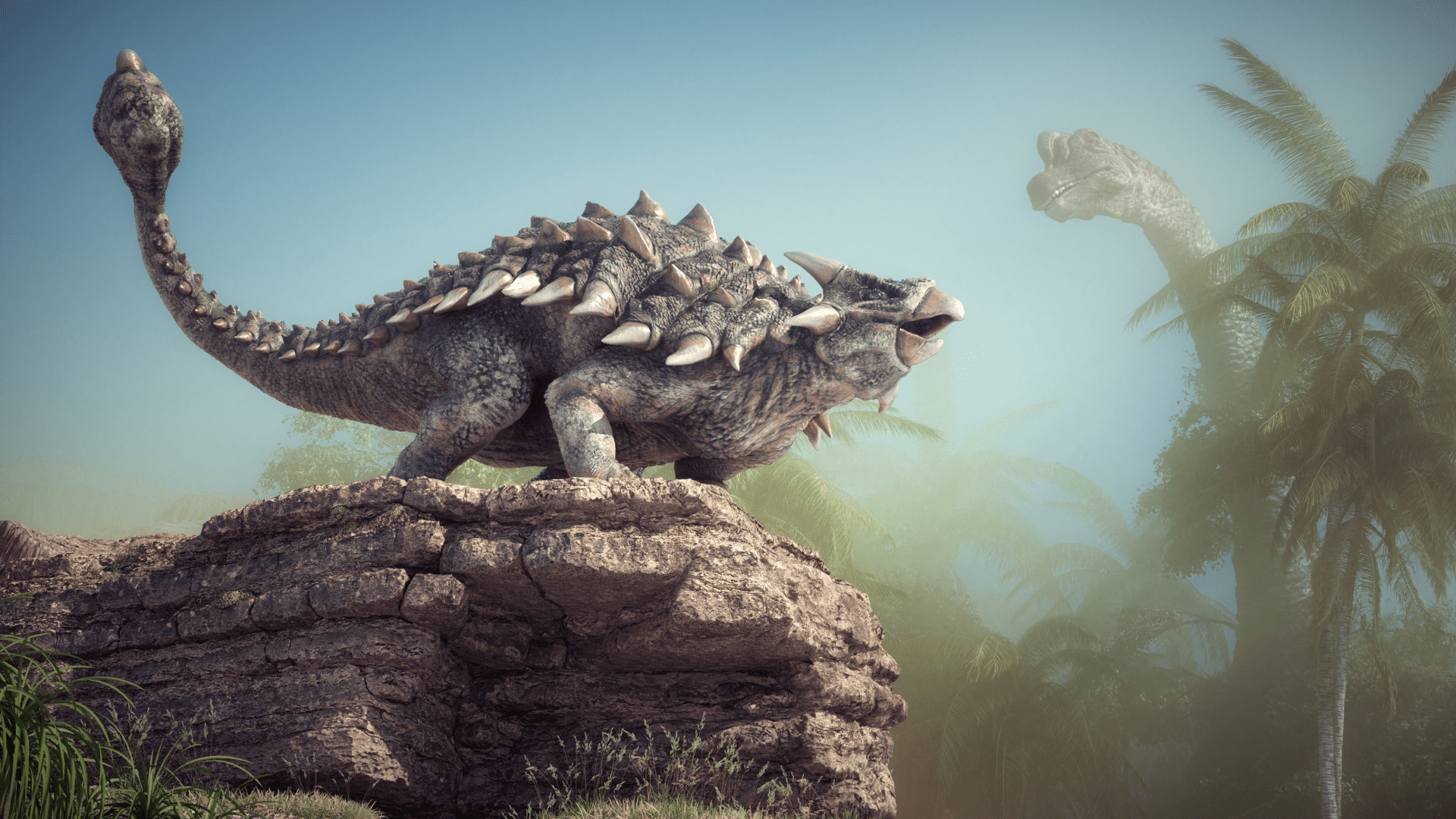For the first time, researchers uncovered footprint fossils of armored dinosaurs with tail clubs from 100 million years ago. The fossilized footprints were found in the Canadian Rockies, at sites in Tumbler Ridge, BC, and northwestern Alberta.
The newly discovered footprints are from ankylosaurid ankylosaurs, one of the two main groups of ankylosaurs. Nodosaurid ankylosaurs are the other main group.
Differences between the two groups appear mostly in the feet and the tail. Nodosaurid ankylosaurs have a flexible tail and four toes, while the ankylosaurid ankylosaurs have a sledgehammer-like tail club and only three toes on their feet. The four-toed ankylosaur footprints are called Tetrapodosaurus borealis, which are commonly found in North America. However, the new fossils have three toes, making them the first known examples of ankylosaurid ankylosaur footprints anywhere in the world.
Ankylosaurs Fossils

The researchers who discovered the fossils named the new species of this ankylosaurid ankylosaur Ruopodosaurus clava. It means “‘the tumbled-down lizard with a club/mace.”
“While we don’t know exactly what the dinosaur that made Ruopodosaurus footprints looked like, we know that it would have been about 5-6 metres long, spiky and armoured, and with a stiff tail or a full tail club,” said Dr. Victoria Arbour, an evolutionary biologist and vertebrate paleontologist who specializes in the study on ankylosaurs. “Ankylosaurs are my favourite group of dinosaurs to work on, so being able to identify new examples of these dinosaurs in British Columbia is really exciting for me.”
The tracks date back to the middle of the Cretaceous period, about 100 to 94 million years ago. No bones from ankylosaurids have been found in North America from about 100 to 84 million years ago, leading to some speculation that ankylosaurids had disappeared from North America during this time.
These footprints show that tail-clubbed ankylosaurs were alive and well in North America during this gap in the skeletal fossil record. The discovery also shows that the two main types of ankylosaurs—nodosaurids and ankylosaurids, including this new three-toed species—coexisted in the same region during this time.
Arbour said, “This study also highlights how important the Peace Region of northeastern BC is for understanding the evolution of dinosaurs in North America – there’s still lots more to be discovered.”







